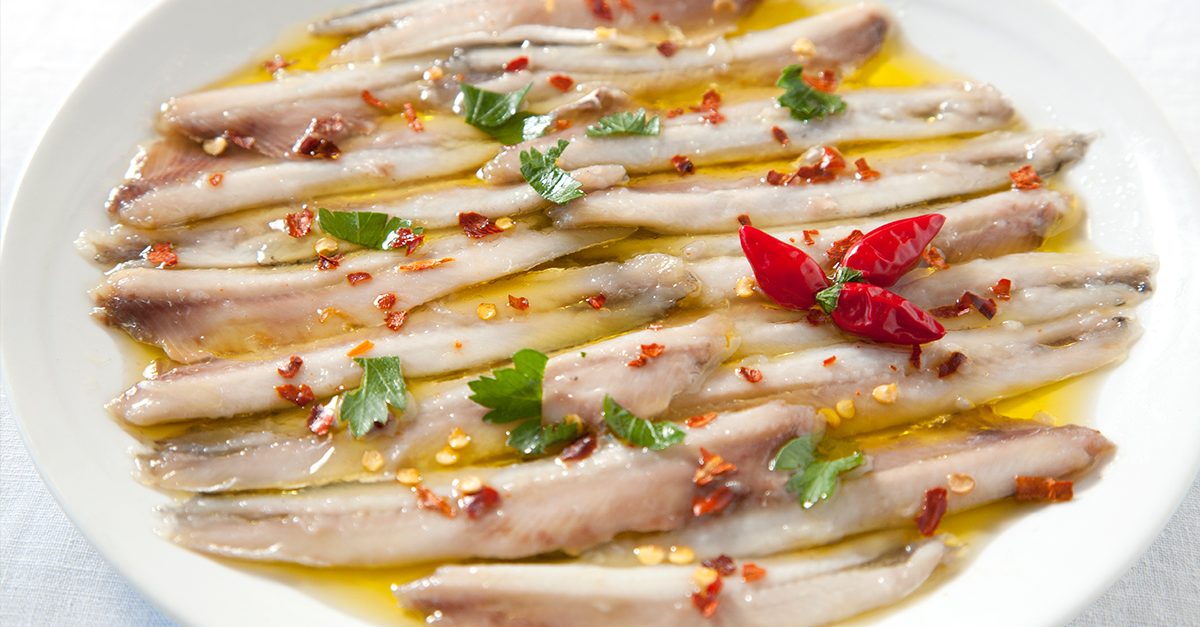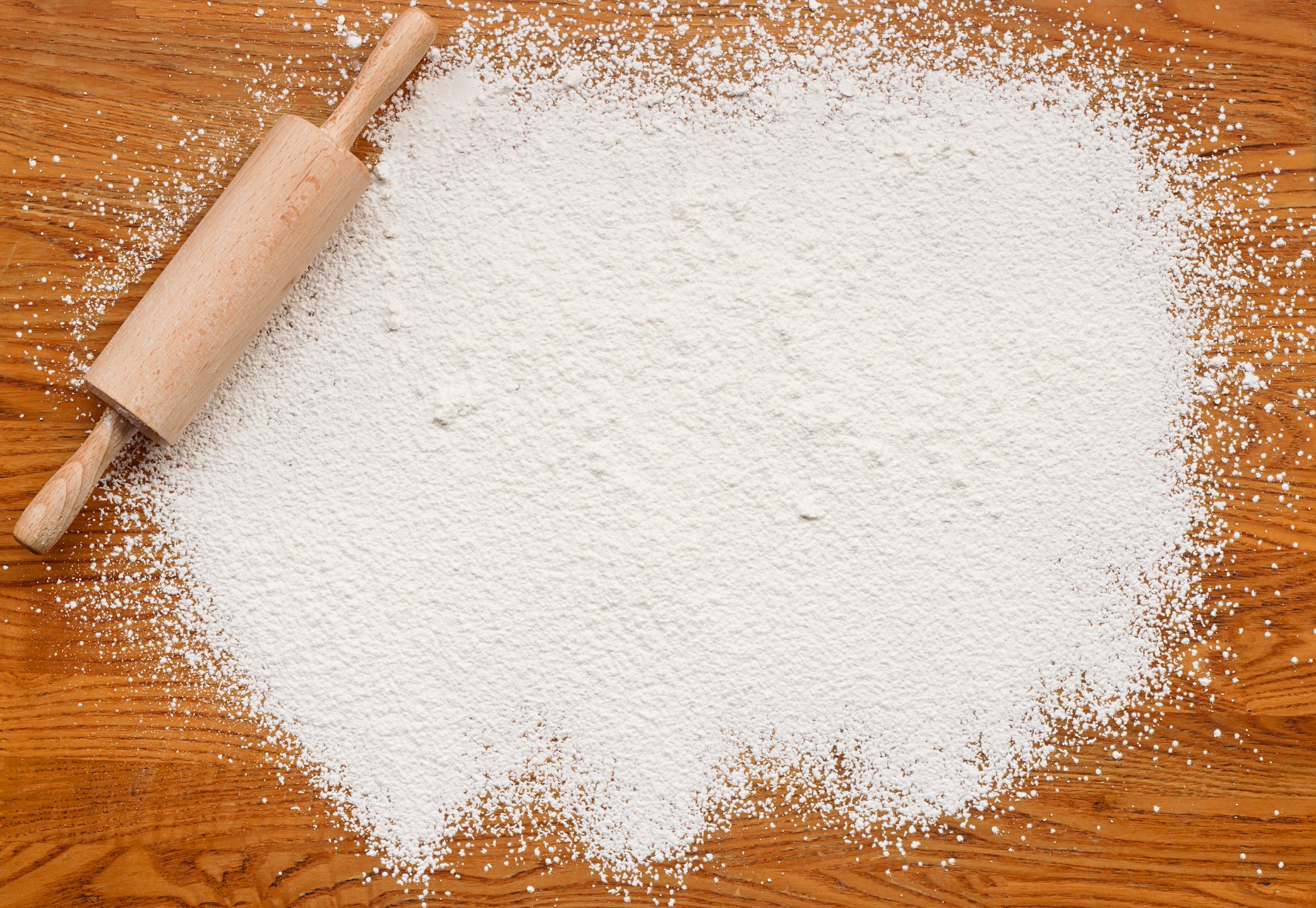3 Major Differences Between Anchovies And Sardines?
Many people get confused when it comes to differentiating anchovies and sardines however they are not the same. In this article, we explore the differences between the tiny fishes, that'll not only broaden your knowledge about them but also help you to tell them apart.
;)
Sardines and anchovies are both tiny fishes that have very strong flavors. These oily little creatures are used in similar recipes, so many people easily confuse them for each other. It is true that the two have many similarities however they are not the same.
Below are some differences between them;
1. They Live in Different Places and are Two Different Species

It is important to know that these two fishes are of different species. They are both small fishes however sardines have a larger size and tend to live in different waters. They prefer temperate waters, but anchovies lean towards warmer waters.
Sardines can only survive in saltwater, while anchovies have some freshwater varieties and those that can survive in brackish water. They are more closely related to the herring or sprat, large fishes that feed on plankton.
Another noticeable difference between them is their color; sardines have a true silver hue, but anchovies look silvery with a bluish-green tinge.
2. They have different tastes, and packaging processes

Sardines can be sold as fresh food or canned in brine or oil with their heads still attached. Their flesh is lighter, and the skin can be easily removed when canned. They are oily fish with a strong flavor however they have a flaky texture compared to anchovies with a subtle, buttery undertone where the taste is concerned.
In the case of anchovies, fresh ones are harder to find, but they are sold both fresh and preserved. Anchovies can be found being sold in jars or cans, skinned and broken down into filets rather than being sold whole.
They are preserved by packing them in oil or salt and their flesh is usually dark and brownish. The filets can also have a somewhat hairy appearance. There are also white anchovies, but those are filets that have been packed in oil and vinegar brine.
White anchovies are usually used as a substitute for sardines in recipes however the same does not apply to traditional anchovies.
3. They can’t really be used interchangeably, but it has not stopped people from trying
Sardines seem to be more popular in recipes than anchovies which are usually used as a supporting flavoring ingredient or garnish. When cooking, they are not exactly interchangeable because anchovies have a stronger flavor and higher salt content. It is advisable to use dark tuna packed in oil instead of anchovies where sardines are required.
;Resize,width=767;)

;Resize,width=712;)
;Resize,width=712;)
